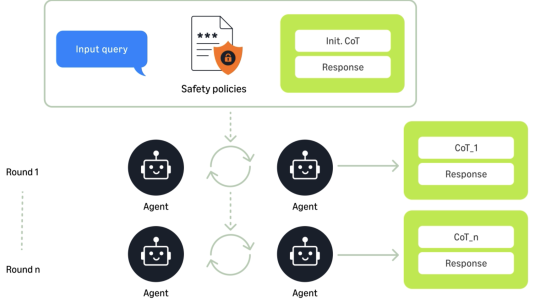Customer-obsessed science


Research areas
-
July 31, 2025Using ensembles of agents to generate and refine interactions annotated with chains of thought improves performance on a battery of benchmarks by an average of 29%.
Featured news
-
2025To use generative question-and-answering (QA) systems for decision-making and in any critical application, these systems need to provide well-calibrated confidence scores that reflect the correctness of their answers. Existing calibration methods aim to ensure that the confidence score is on average indicative of the likelihood that the answer is correct. We argue, however, that this standard (average-case
-
2025Motion planning with simple objectives, such as collision-avoidance and goal-reaching, can be solved efficiently using modern planners. However, the complexity of the allowed tasks for these planners is limited. On the other hand, signal temporal logic (STL) can specify complex requirements, but STL-based motion planning and control algorithms often face scalability issues, especially in large multi-robot
-
2025Multimodal machine translation (MMT) aims to leverage additional modalities to assist in language translation. With limited parallel data, current MMT systems rely heavily on monolingual English captioning data. These systems face three key issues: they often overlook that visual signals are unnecessary in many cases, they lack transparency in how visual information is used for disambiguation when needed
-
2025Large language models (LLMs) have achieved remarkable performance on various natural language tasks. However, they are trained on static corpora and their knowledge can become outdated quickly in the fast-changing world. This motivates the development of knowledge editing methods designed to update certain knowledge in LLMs without changing unrelated others. To make selective edits, previous efforts often
-
NAACL Findings 20252025The next token prediction loss is the dominant self-supervised training objective for large language models and has achieved promising results in a variety of downstream tasks. However, upon closer investigation of this objective, we find that it lacks an understanding of sequence-level signals, leading to a mismatch between training and inference processes. To bridge this gap, we introduce a contrastive
Academia
View allWhether you're a faculty member or student, there are number of ways you can engage with Amazon.
View all





























